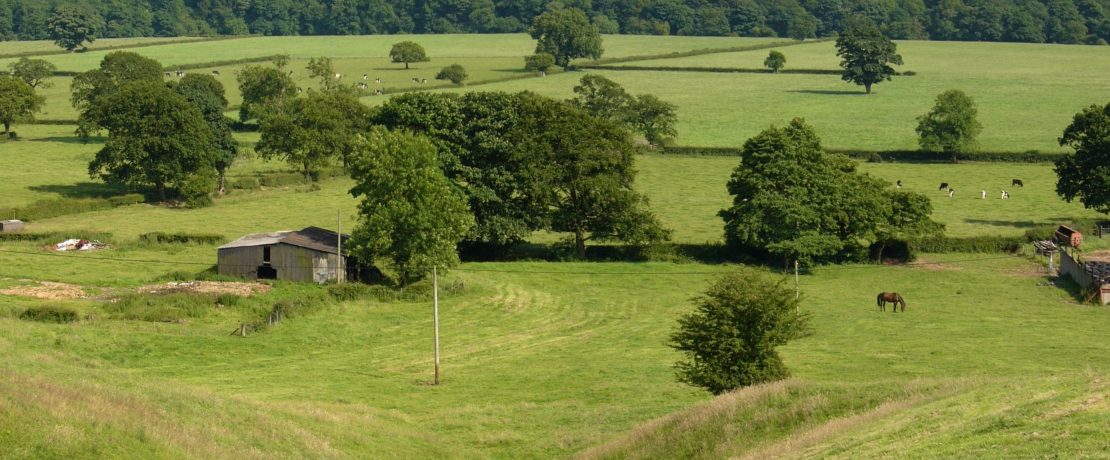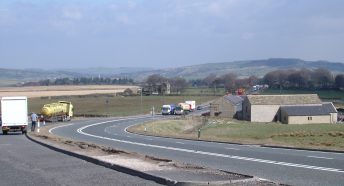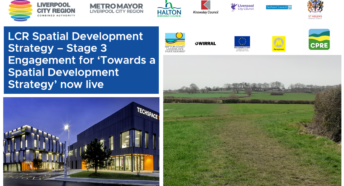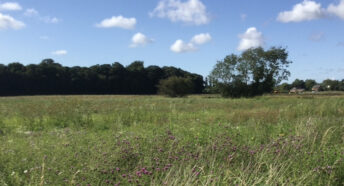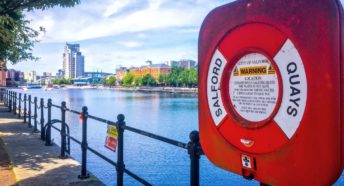Input from residents in local planning is a vital part of our democratic system
From CPRE’s perspective, the planning system must ensure countryside for all, with fair access and quality green space near where everyone lives, wherever they are in the country; connected space and landscapes for nature, wellbeing and for addressing the climate and biodiversity emergencies; and better, thriving places with more genuinely affordable new homes, buoyant town and village centres and walkable neighbourhoods, providing healthy, low-car environments that people want to live and work in.
Due to CPRE’s longstanding engagement in the planning system at all levels, our priorities for planning reforms are strategic as well as local. Our answer to this question is given in that spirit.
The planning system exists to guide development to achieve societal outcomes. We believe that the principal societal outcomes we need for the 21st century are:
– A decent home for everyone that suits their needs and which they can genuinely afford;
– Equitable access to work, amenities and nature;
– Mitigating and adapting to climate & biodiversity emergency, including addressing the net-zero carbon 2050 target, resilience to flood risk, and protection of agricultural land for sustainable food production;
– Active and healthy lifestyles through sustainable travel, less pollution and access to food, healthcare, education and recreation; and
– Citizenship/engagement – people wanting and being able to engage in the planning system because they see that they have influence, and can access decision-makers appropriately.
Planning’s key strength is in guiding new development, and therefore every new development must be geared towards supporting and achieving these societal outcomes. In practice, in CPRE’s view, this means that reforms to the planning system should embrace the following three process principles:
- Development of buildings and infrastructure must be seen as opportunities to transform the places they happen in, not just to deliver numerical targets. This requires:
– a sequential approach to land-use, prioritising urban brownfield sites and sensitive urban remodelling;
– giving green infrastructure and active travel infrastructure the kind of investment that has previously been directed towards road-building;
– enabling communities – urban and rural alike – to have healthy, low-carbon, low-car futures through initiatives such as 20-minute Neighbourhoods; and
– approaches to design of buildings and spaces that optimise these transformational opportunities.
- Plan-making at all levels must be properly open to local engagement and scrutiny. This can be achieved by giving local authorities the powers, skills and resources they need, and complementing traditional consultation processes with innovative approaches in deliberative democracy, building on the successes of citizens’ assemblies.
- There must be real, proactive planning at community level, in urban and rural places alike, and this means putting strengthened, well-resourced Neighbourhood Planning at the heart of the process. It is essential to see Neighbourhood Planning as the building block of good development, not as stumbling blocks to a slimmed down, speeded up process.
Download CPRE’s response to the Planning White Paper Consultation here
